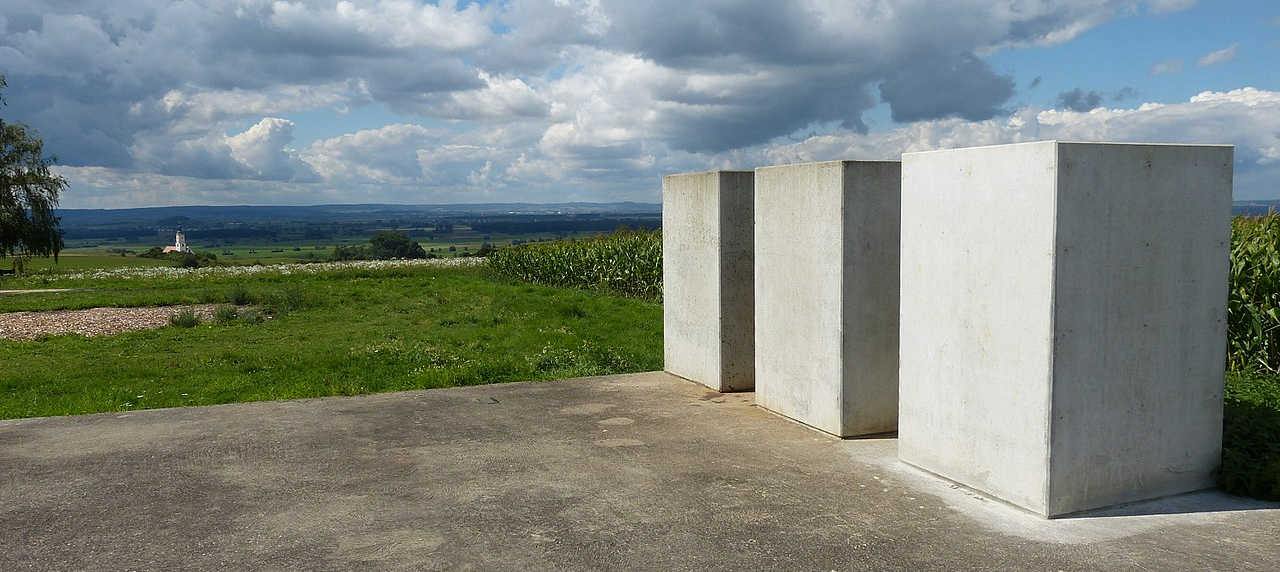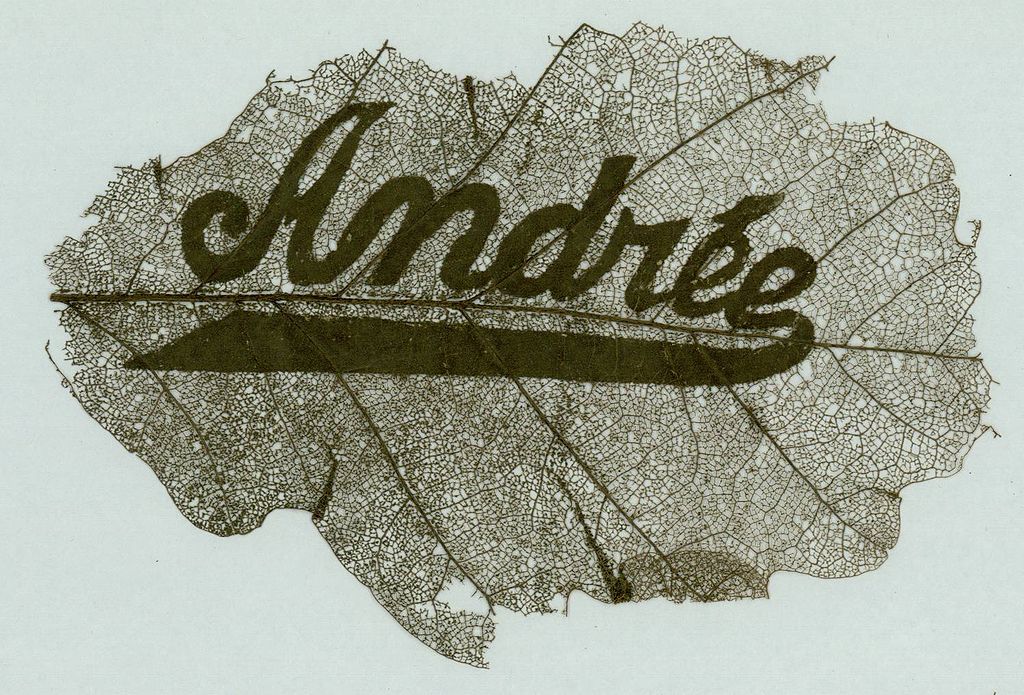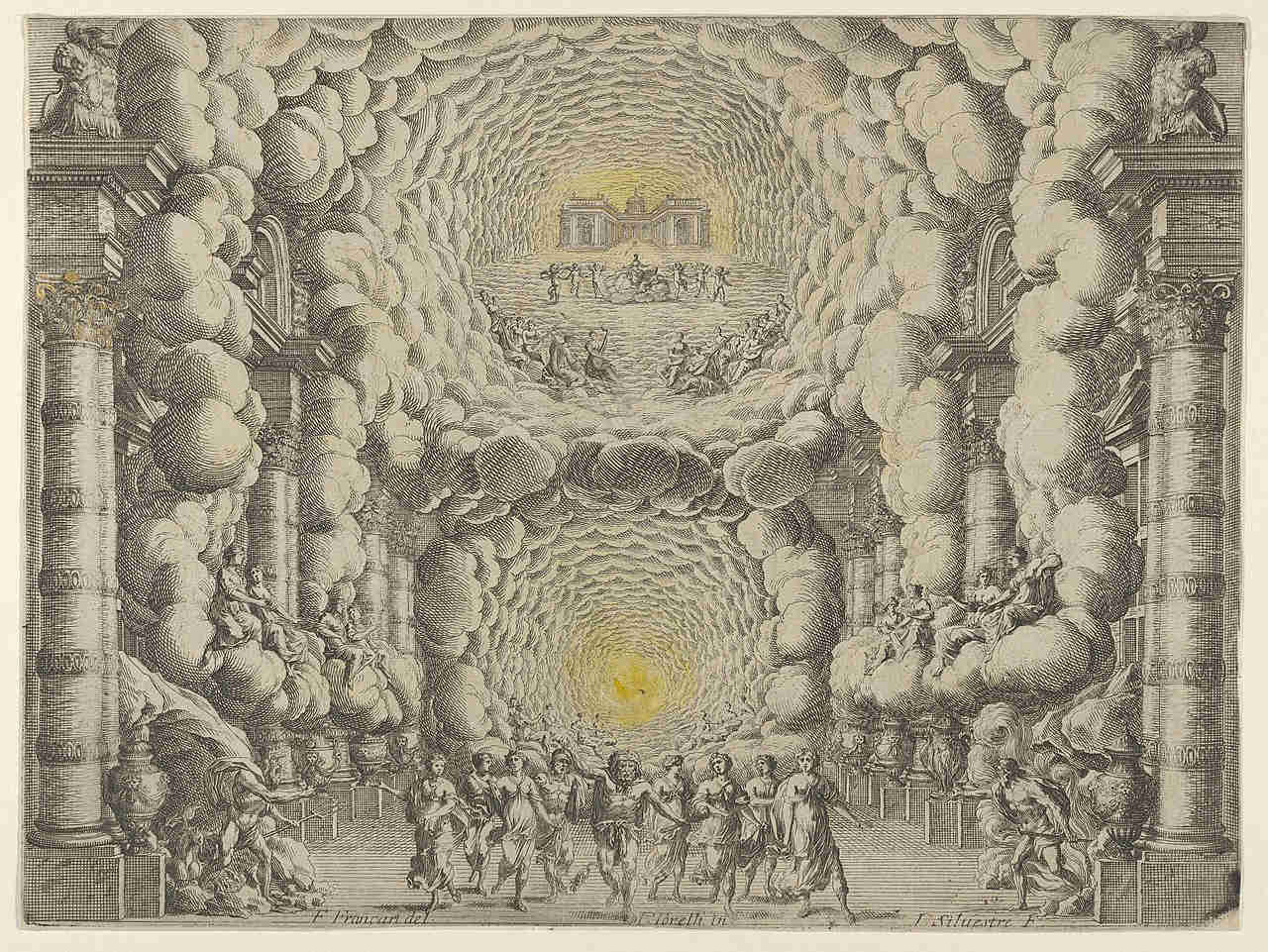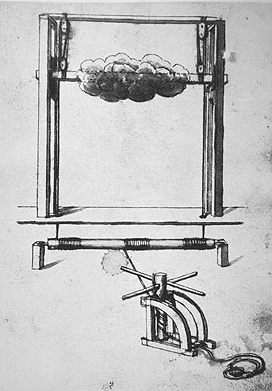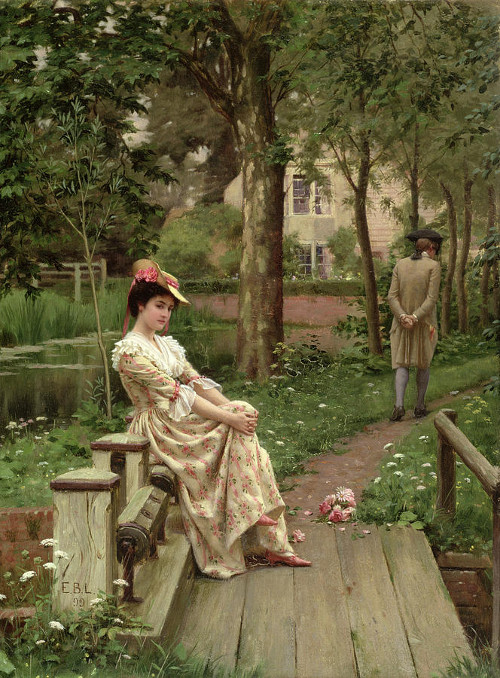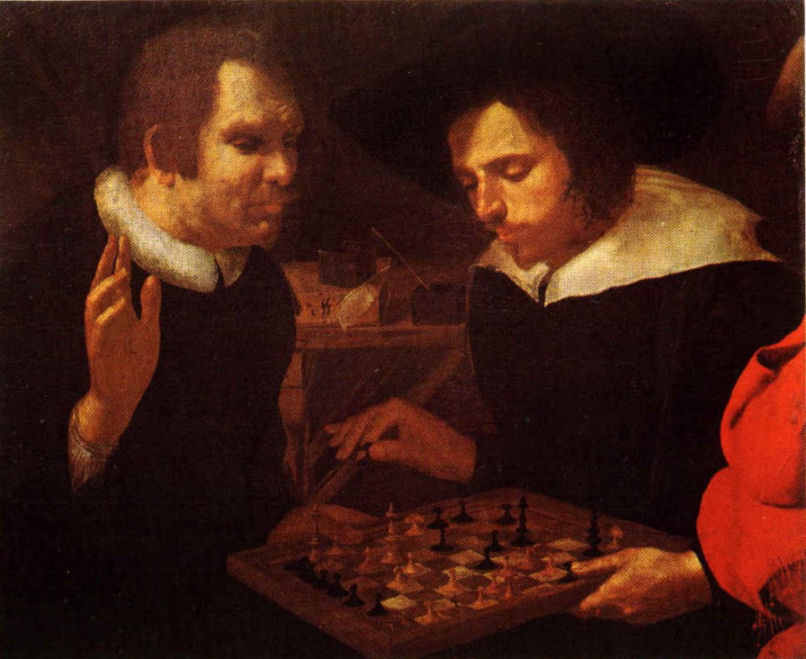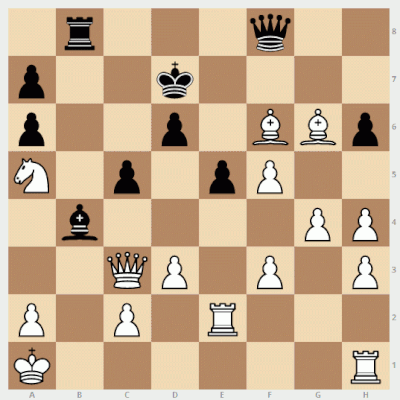In a 2009 study of responses to music, neuroscientist Valorie Salimpoor and her colleagues asked participants to bring in 3 to 5 pieces of “intensely pleasurable instrumental music to which they experience chills.” Then they measured their physiological response as they listened. They found that the “chills” effect is real — when the subjects reported that their pleasure at the music was highest, so was their sympathetic nervous system activity, a measure of emotional arousal.
One byproduct of the study is a list of more than 200 chills-inducing moments in music of various genres, with precise timestamps of the crucial points:
| Composer/Artist | Title | Chills |
| Beethoven | Piano Sonata No. 17 in D Minor (“The Tempest”) | 5:33 |
| Mahler | Symphony No. 1 – Movement 4 | 5:42, 9:57, 15:15 |
| Charles Mingus | Fables of Faubus | 0:20, 7:10 |
| Stan Getz | Round Midnight | 1:26 |
| Pink Floyd | Shine on You Crazy Diamond | 5:00 |
| Phish | You Enjoy Myself | 10:50 |
| Cannonball Adderley | One for Daddy-O | 0:40 |
| Los Angeles Guitar Quartet | Congan | 2:09 |
| Crowfoot | Larks in May | 0:10, 2:00 |
| Howard Shore | The Breaking of the Fellowship (film score) | 0:10, 0:55 |
| Dave Matthews Band | #34 | 1:40 |
| The Dissociatives | Paris Circa 2007 Slash 08 | 1:30 |
| Brad Mehldau | Knives Out | 4:45, 7:25 |
| Explosions in the Sky | First Breath After Coma | 2:25, 3:30, 8:10 |
These won’t work for everyone — music tastes are notoriously idiosyncratic — but it’s interesting to see what people find moving. The full list is here (Table_S1). (Note too that the timestamps relate to a particular recording, so consider them approximate in e.g. classical music.)
(Valorie N. Salimpoor, et al., “The Rewarding Aspects of Music Listening Are Related to Degree of Emotional Arousal,” PloS One 4:10 [2009], e7487.)

